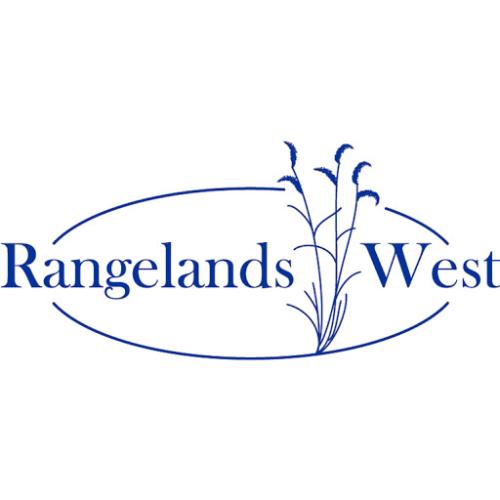Record keeping by a rancher is mostly about recording calf weights, open cows, and keeping track of diesel fuel bills. Tracking changes in rangeland and pasture conditions is equally important; these records measure the short- and long-term effects of grazing management practices on the forage resource. Rangeland and pasture monitoring is the collection, analysis, and interpretation of resource data to evaluate progress toward meeting management objectives. Livestock performance often serves as a proxy for rangeland and pasture monitoring activities. Tracking weight gains or losses should be a component of any monitoring program. However, animals can initially compensate under poor forage conditions by feeding on lower quality forages and using stored energy. As a result, rangeland and pastures can deteriorate appreciably long before livestock performance begins to suffer. Monitoring forage response to grazing is an essential feature of any grazing management plan. Without a monitoring program that gives you measurable data, it will be difficult to recognize the need for management adjustments if forage species are not responding under current grazing management objectives.

Articles, citations, reports, websites, and multimedia resources focused on rangeland ecology, management, restoration, and other issues on American rangelands.